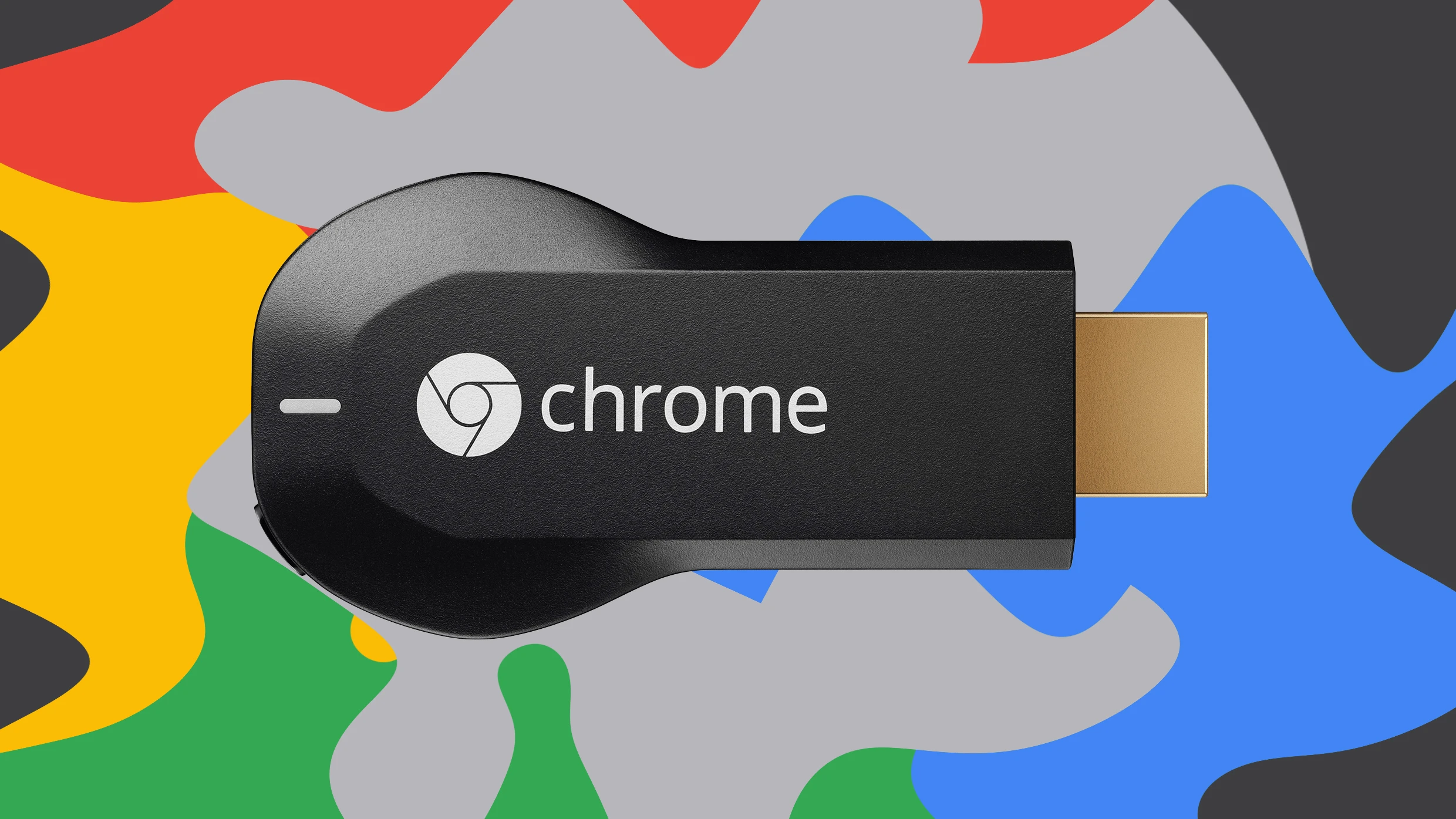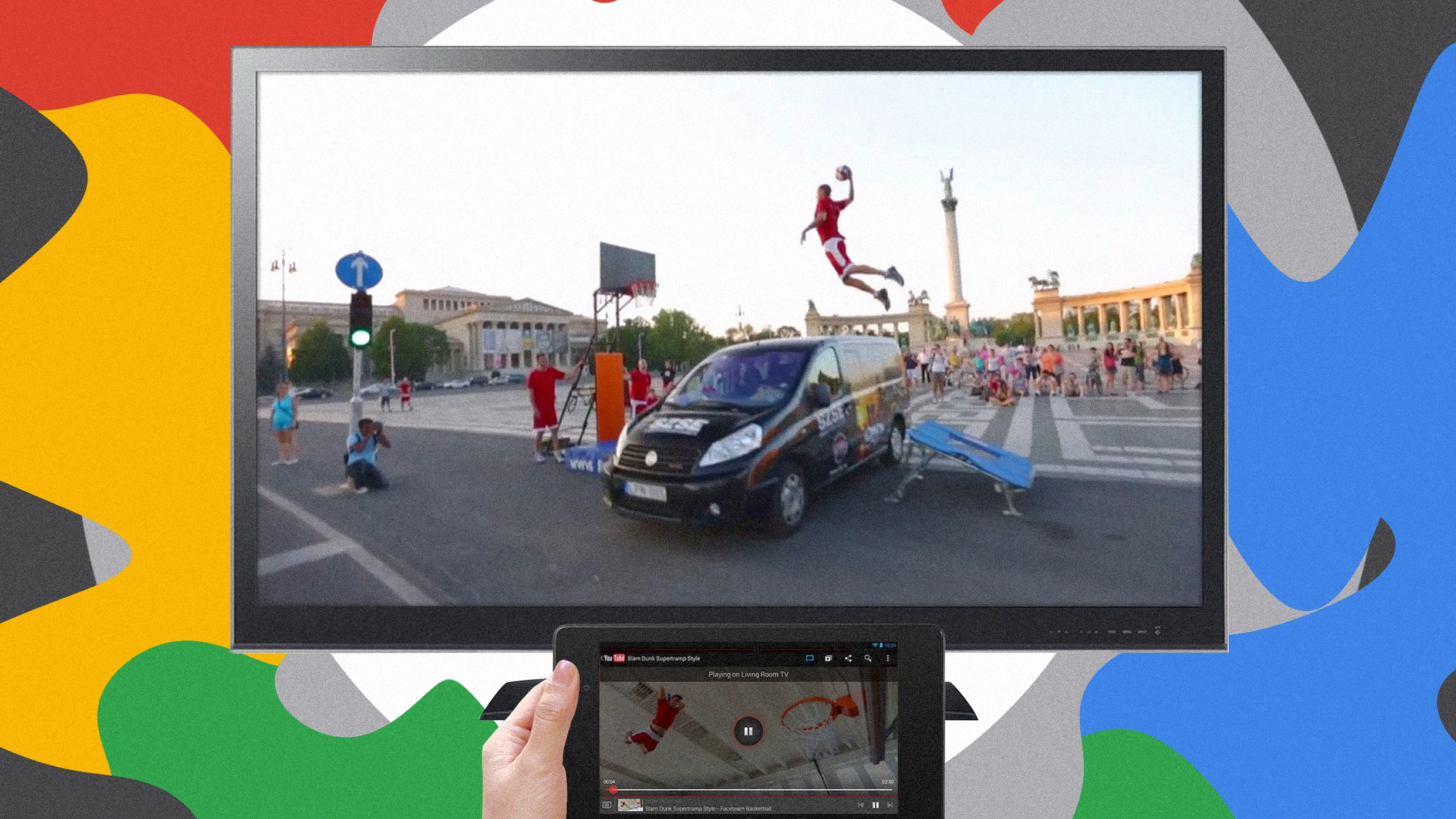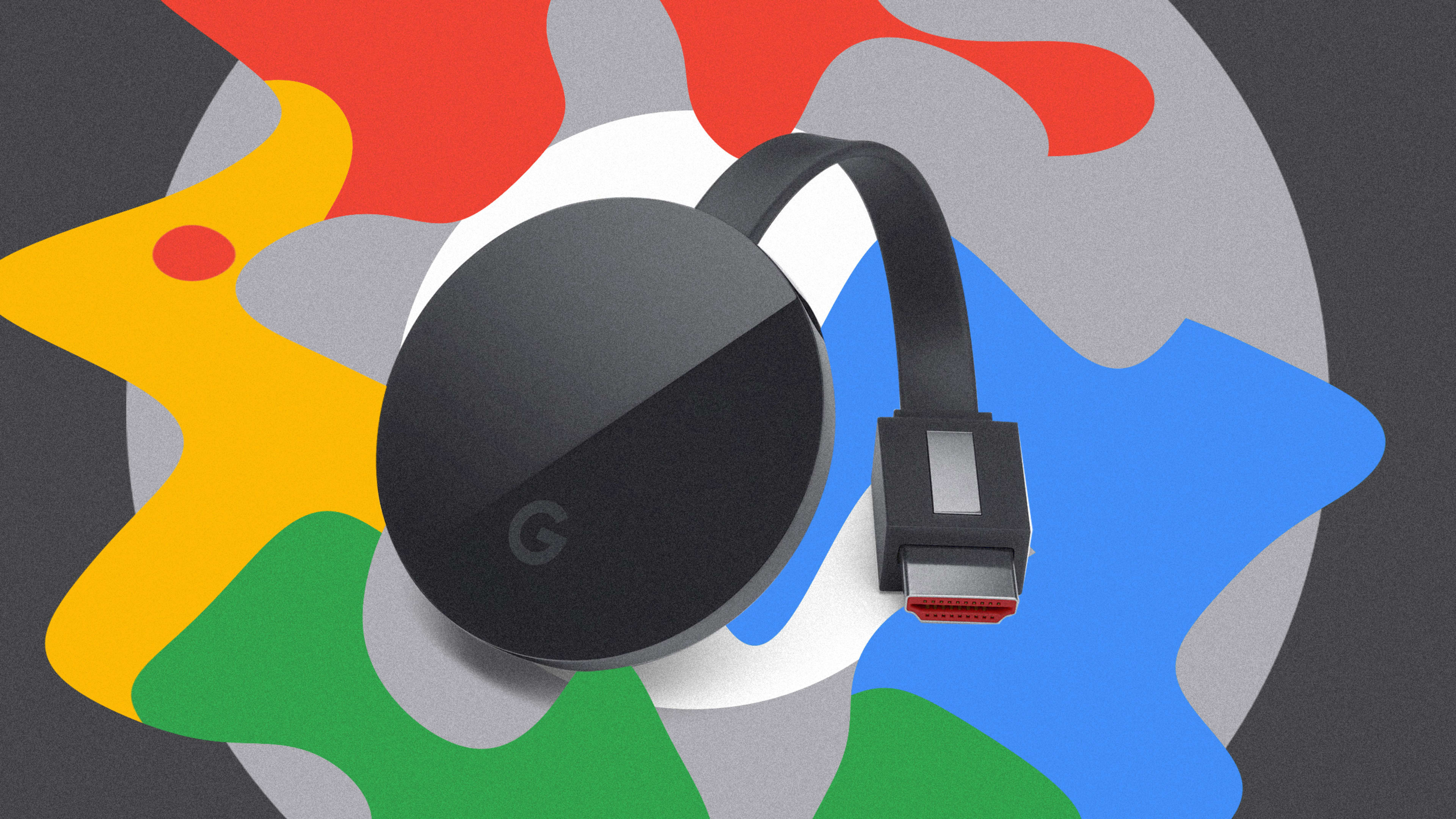When Google launched Chromecast on July 24, 2013, product manager Rishi Chandra wasn’t sure whether it would succeed or fail.
The $35 TV dongle was an anomaly among streaming devices, both for its low price and its lack of a proper remote control. It was also an oddity for Google, which at the time had little experience building its own hardware. Chandra recalls that Google only spun up a single production line for the first batch of Chromecasts.
Within three hours of announcing the product, it was sold out.
“It resonated so well, I think it surprised us, even, how successful the product has been.” says Chandra, who is now the VP and general manager of Google’s smart home hardware under the Nest brand.
Six years and 55 million Chromecast-enabled devices later, Chandra says sales are still growing, and the product has helped inspire the broader “ambient computing” concept Google is now pushing through devices like Google Home speakers. Still, Chromecast has barely changed since it launched in 2013, except for getting an industrial-design refresh and a version capable of streaming 4K video. Its market share has steadily eroded at the hands of cheap Roku streamers and Amazon Fire TV Sticks. Even as Chromecast celebrates six years of success, its future feels murkier than ever.

The “mini startup” inside Google
The original idea for Chromecast came from Majd Bakar, an engineer at Google who noticed the unusual way in which his wife, Carla Hindie, would stream videos on their television. Instead of navigating through menus on their game console, she’d use a laptop to add the video to her queue first.
Chandra recalls having a similar experience at home, seeing his wife watching YouTube videos on a laptop in their living room instead of on the TV.
“I would say, ‘Why don’t you put it on the TV?’ And she’d say ‘It’s just too much of a pain,'” Chandra says.
At the time, Chandra was leading a separate TV platform within the company, called Google TV. Reviewers found it sluggish and complicated, and it wasn’t getting much traction from TV and set-top box makers.
Chromecast would be much simpler, abandoning big-screen menus and physical remotes in favor of the phones and laptops people were already using during TV time. Apps and websites that supported Chromecast would display a small “Cast” icon while connected to the same Wi-Fi network, and pressing that button would tell Chromecast to start streaming a particular video.
“More and more, consumers were on their phone as a starting point, and TV was the second screen, whereas historically, the TV industry, and even the Google TV team, we were thinking of the phone as the second screen,” Chandra says. “Flipping that was actually a pretty powerful conceptual change that we made.”
In 2012, a small team split off from Google TV to begin developing Chromecast. Chandra describes the effort as a “10%” project, under the model that says companies should spend 70% of time on core projects, 20% of time on related endeavors, and the last 10% percent on new ideas.
“It was a true kind of little mini startup inside of Google at the time when we were getting this launched,” Chandra says.
One complicating factor: Google didn’t have much experience building its own hardware at the time. For its Nexus phones and tablets, the company would partner with major electronics brands such as Samsung and HTC. But Chandra says Chromecast was such an unusual concept that it struggled to get electronics makers behind it.
Fortunately, Google had recently acquired Motorola, and the Chromecast team enlisted a Motorola employee to help coordinate manufacturing as a “20% time” side project.
“One day out of five days, we had a person telling us what was going on with the manufacturing, which is not what you’d ideally want with a hardware product,” Chandra says. “But thankfully we had that support, because I don’t think we would pulled it off if we didn’t have [it].”
A big part of Chromecast’s appeal was its $35 price. Chandra says Google was originally targeting a price of $25, but in another sign of hardware inexperience, the team didn’t account for external factors such as profit margins for retailers and certification testing.
“It’s funny now, when I look back,” he says. “Of course now we have a really mature manufacturing capability inside Google. And I look back at what we had before when we were launching Chromecast, and it’s complete night and day.”
The extra $10 didn’t stop people from snapping up Google’s initial stock, though. And the Chromecast’s instant success changed Google’s strategy. Although the company publicly insisted back in 2013 that it was still committed to Google TV, Chandra says the company quickly realized that it needed to pivot toward its cheaper, simpler new platform.
“The simplicity of it was really what broke through, that anyone in the house could use it, and it solved some of the problems that we were struggling with with Google TV,” he says.

Into the future
While Chromecast’s low price and simplicity made it an early hit in the streaming wars, lately its focus on navigating through a phone or computer has become an albatross.
New research out this week from Parks Associates found that Chromecast makes up just 11% of all streaming players installed in the United States, down from 21% three years ago. Meanwhile, Roku’s U.S. install base is up to 39%, and Amazon Fire TV has climbed to 30%.
Kristen Hanich, a senior analyst at Parks Associates, says that when the firm tested consumer perception of the four largest streaming platforms (Chromecast, Fire TV, Roku, and Apple TV), it found that Chromecast ranked last in ease of use, content support, and ease of finding content. That’s largely because of its reliance on a phone for navigation.
“Instead of being able to turn on the streaming media player and access content, a consumer needs to dig out their smartphone, find the app they want to use, and hit the ‘Cast’ button,” Hanich says via email. “This extra step generates quite a bit of frustration on the part of consumers. And, because consumers need to search for compatible apps on their phones, it is also less obvious which apps and services support Chromecast.”
Google seems to have belatedly picked up on this problem. It’s now investing more in Android TV, the successor to Google TV that offers big-screen menus and a proper physical remote. In May, Google announced that Android TV supported 5,000 apps, up from 3,000 a year earlier, and Shalini Govil-Pai, Google’s senior director of product management for Android TV, has said that she wants the platform to have a bigger presence on low-cost consumer streaming players.
All of which raises questions about the eventual role of Chromecast. All Android TV devices have Chromecast capabilities built in, so if it becomes possible to buy an Android TV streamer for $30 to $40, where does that leave Chromecast as a standalone product?
Chandra says Google hasn’t quite arrived at an answer.
“We are coordinating with Android TV in how we want to evolve the TV strategy,” he says, adding that some people may always prefer using their phone as a remote.
Regardless of what happens to Chromecast proper, the concept will have made its impact. While no one at Google recognized it six years ago, Chandra says Chromecast was an early example of “ambient computing,” which is the idea that phones or computers will become decentralized into a network of sensors, inputs, outputs, and screens.
Google has since built on that concept with its Google Home smart speakers and with smart displays such as the Nest Home Hub (which is built on the same software that powers Chromecast). Users can also now ask Google Assistant to launch videos on Chromecast through supported streaming services, including YouTube and Netflix. And when Google’s Stadia game streaming service launches this fall, Chromecast will let users play on their televisions. (Incidentally, Majd Bakar, who was inspired to build Chromecast six years ago, is now Stadia’s vice president of engineering.)
“Sometimes these opportunities that start fairly small end up being much bigger than you ever expected, and I think that’s the case with Chromecast,” Chandra says. “As we see Stadia ramping up, as we see streaming evolving, as we see the hardware business evolve, it’ll be interesting to see what that broader impact is going to be. But it’s definitely surprised us.”
Recognize your brand’s excellence by applying to this year’s Brands That Matter Awards before the early-rate deadline, May 3.
